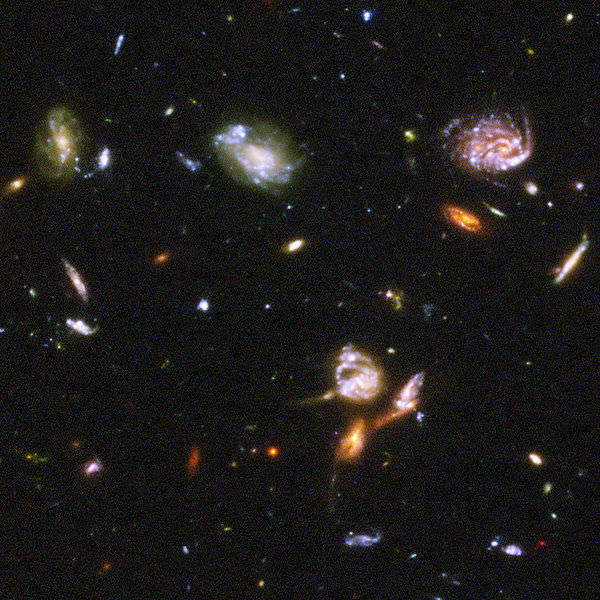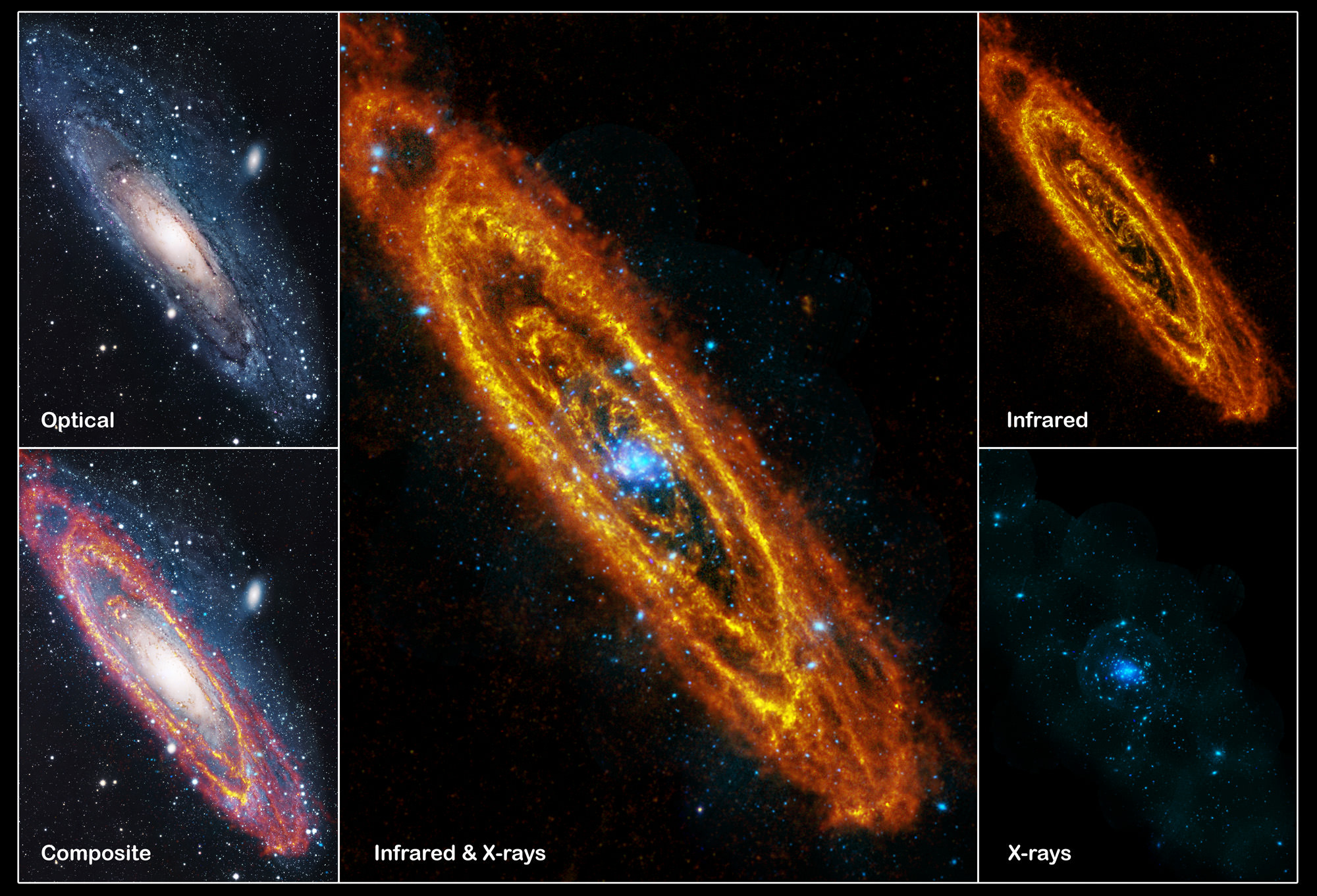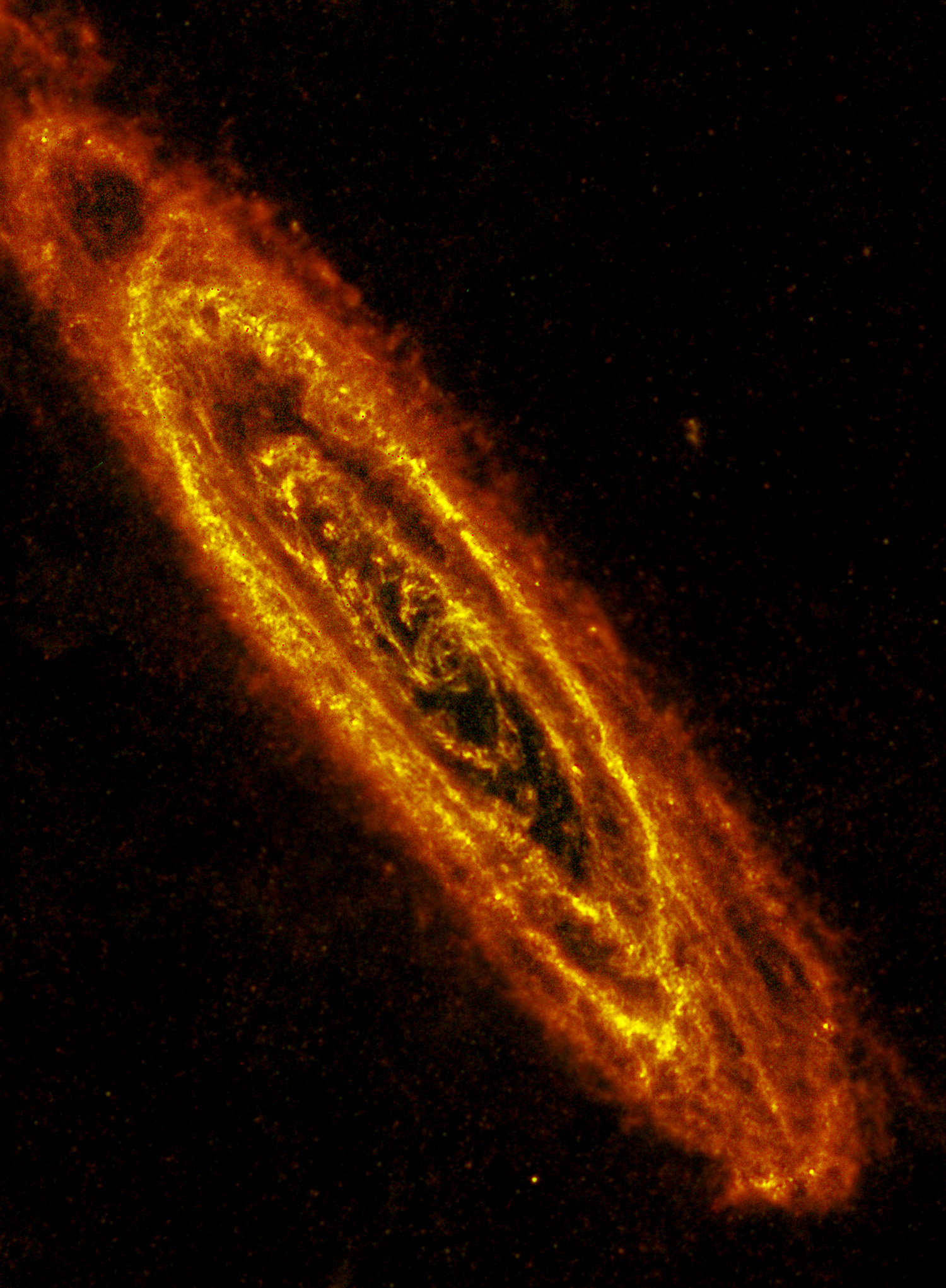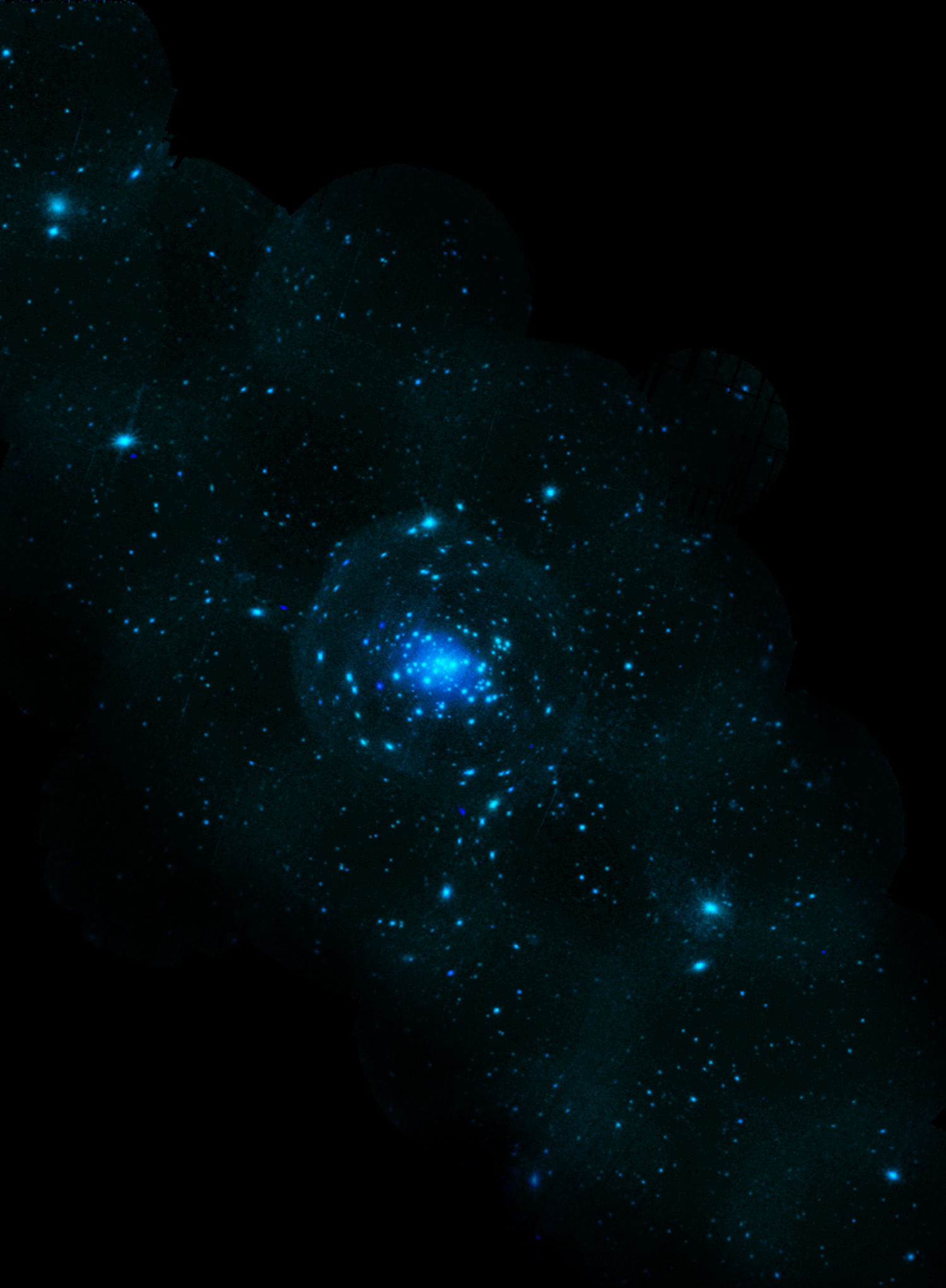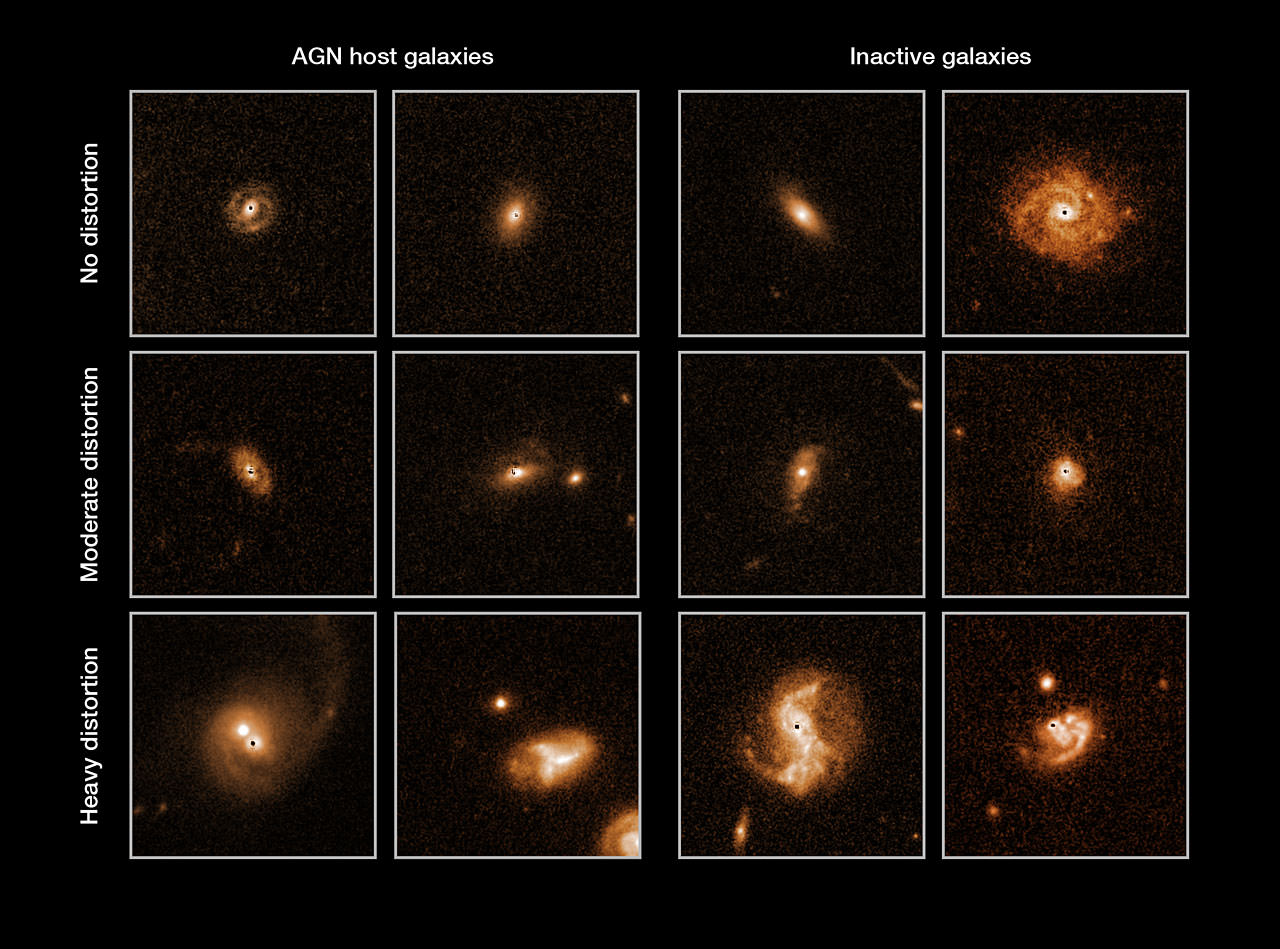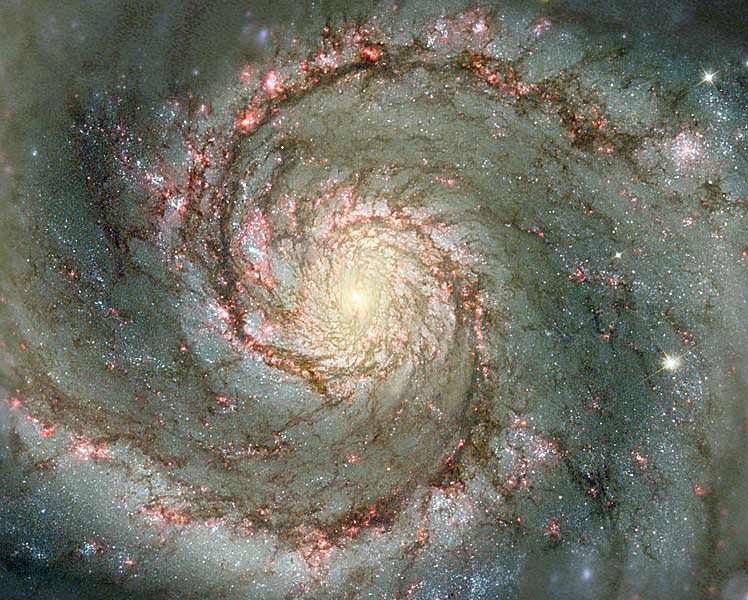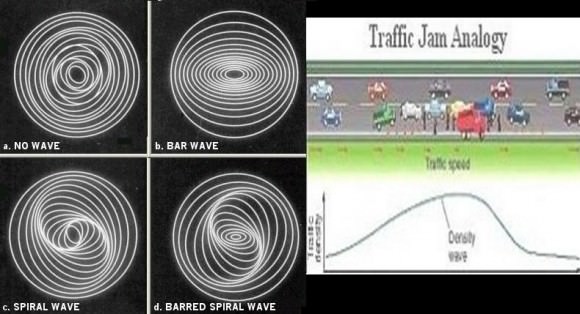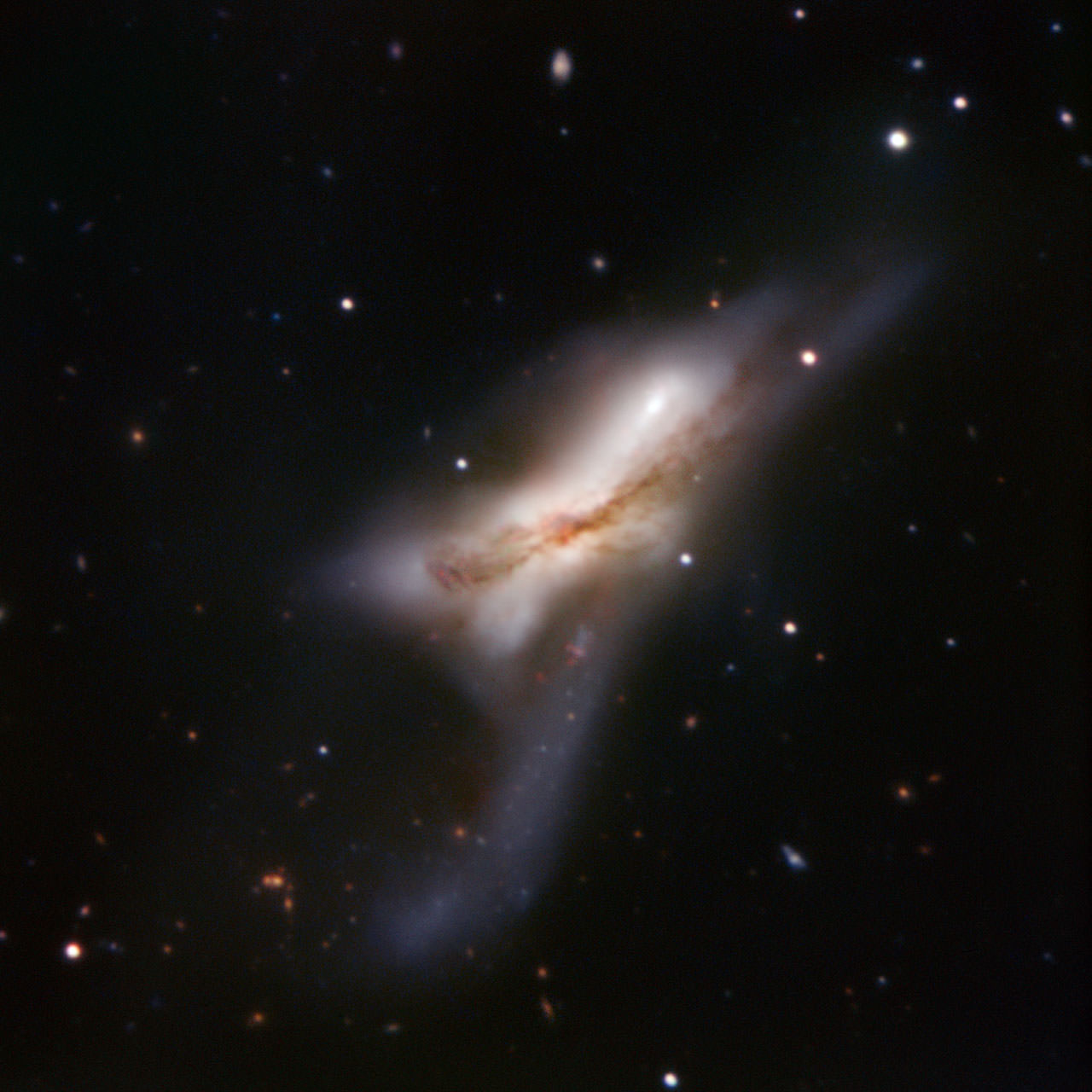[/caption]No Princess is sending holographic help messages. No Hans Solo is warming up a Millenium Falcon to jump into hyperdrive. We don’t even have a Death Star waiting around the corner. But, what we do have is evidence that astronomers have pushed the Hubble Space Telescope to its limits and have seen further back in time than ever before. “We are looking back through 96% of the life of the universe, and in so doing, we have found just one galaxy, but it is one, but it is a remarkable object. The universe was only 500 million years old at that time versus it now being thirteen thousand-seven hundred million years old. ” said Garth Illingworth, Ames Research Scientist. We know about the Hubble Ultra Deep Field, but we invite you to boldy go on…
While studying ultra-deep imaging data from the Hubble Space Telescope, an international group of astronomers have found what may be the most distant galaxy ever seen, about 13.2 billion light-years away. “Two years ago, a powerful new camera was put on Hubble, a camera which works in the infrared which we had never really good capability before, and we have now taken the deepest image of the universe ever using this camera in the infrared.” said Garth Illingworth, professor of astronomy and astrophysics at the University of California, Santa Cruz. “We’re getting back very close to the first galaxies, which we think formed around 200 to 300 million years after the Big Bang.” The study pushed the limits of Hubble’s capabilities, extending its reach back to about 480 million years after the Big Bang, when the universe was just 4 percent of its current age. The dim object, called UDFj-39546284, is a compact galaxy of blue stars that existed 480 million years after the Big Bang, only four percent of the universe’s current age. It is tiny. Over one hundred such mini-galaxies would be needed to make up our Milky Way.
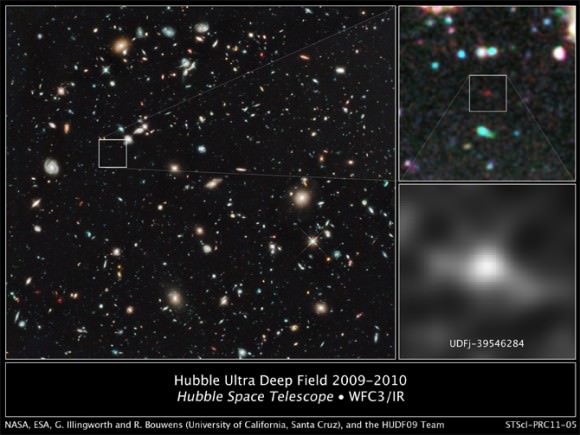
Illingworth and UCSC astronomer Rychard Bouwens (now at Leiden University in the Netherlands) led the study, which will be published in the January 27 issue of Nature. Using infrared data gathered by Hubble’s Wide Field Planetary Camera 3 (WFC3), they were able to see dramatic changes in galaxies over a period from about 480 to 650 million years after the Big Bang. The rate of star birth in the universe increased by ten times during this 170-million-year period, Illingworth said. “This is an astonishing increase in such a short period, just 1 percent of the current age of the universe,” he said. There were also striking changes in the numbers of galaxies detected. “Our previous searches had found 47 galaxies at somewhat later times when the universe was about 650 million years old. However, we could only find one galaxy candidate just 170 million years earlier,” Illingworth said. “The universe was changing very quickly in a short amount of time.”
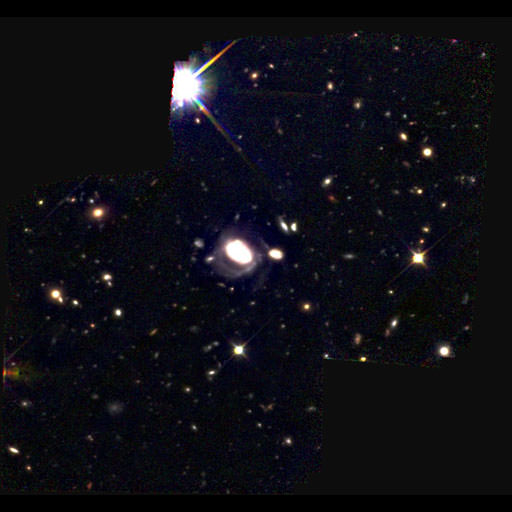
According to Bouwens, these findings are consistent with the hierarchical picture of galaxy formation, in which galaxies grew and merged under the gravitational influence of dark matter. “We see a very rapid build-up of galaxies around this time,” he said. “For the first time now, we can make realistic statements about how the galaxy population changed during this period and provide meaningful constraints for models of galaxy formation.” Astronomers gauge the distance of an object from its redshift, a measure of how much the expansion of space has stretched the light from an object to longer (“redder”) wavelengths. The newly detected galaxy has a likely redshift value (“z”) of 10.3, which corresponds to an object that emitted the light we now see 13.2 billion years ago, just 480 million years after the birth of the universe. “This result is on the edge of our capabilities, but we spent months doing tests to confirm it, so we now feel pretty confident,” Illingworth said.
The galaxy, a faint smudge of starlight in the Hubble images, is tiny compared to the massive galaxies seen in the local universe. Our own Milky Way, for example, is more than 100 times larger. The researchers also described three other galaxies with redshifts greater than 8.3. The study involved a thorough search of data collected from deep imaging of the Hubble Ultra Deep Field (HUDF), a small patch of sky about one-tenth the size of the Moon. During two four-day stretches in summer 2009 and summer 2010, Hubble focused on one tiny spot in the HUDF for a total exposure of 87 hours with the WFC3 infrared camera.
“NASA continues to reach for new heights, and this latest Hubble discovery will deepen our understanding of the universe and benefit generations to come,” said NASA Administrator Charles Bolden, who was the pilot of the space shuttle mission that carried Hubble to orbit. “We could only dream when we launched Hubble more than 20 years ago that it would have the ability to make these types of groundbreaking discoveries and rewrite textbooks.”
To go beyond redshift 10, astronomers will have to wait for Hubble’s successor, the James Webb Space Telescope (JWST), which NASA plans to launch later this decade. JWST will also be able to perform the spectroscopic measurements needed to confirm the reported galaxy at redshift 10. “It’s going to take JWST to do more work at higher redshifts. This study at least tells us that there are objects around at redshift 10 and that the first galaxies must have formed earlier than that,” Illingworth said.
“After 20 years of opening our eyes to the universe around us, Hubble continues to awe and surprise astronomers,” said Jon Morse, NASA’s Astrophysics Division director at the agency’s headquarters in Washington. “It now offers a tantalizing look at the very edge of the known universe — a frontier NASA strives to explore.” How far back will we go? If you sit around a campfire watching the embers climb skywards and discuss cosmology after an observing night with your astro friends, someone will ultimately bring up the topic of space/time curvature. If you put an X on a balloon and expand it – and trace round its expanse – you will eventually return to your mark. If we see our beginnings, will we also eventually see our end coming up over the horizon? Wow… Pass the marshmallows, please. We’ve got a lot to think about.
Reader Info: Illingworth’s team maintains the First Galaxies website, with information about the latest research on distant galaxies. In addition to Bouwens and Illingworth, the coauthors of the Nature paper include Ivo Labbe of Carnegie Observatories; Pascal Oesch of UCSC and the Institute for Astronomy in Zurich; Michele Trenti of the University of Colorado; Marcella Carollo of the Institute for Astronomy; Pieter van Dokkum of Yale University; Marijn Franx of Leiden University; Massimo Stiavelli and Larry Bradley of the Space Telescope Science Institute; and Valentino Gonzalez and Daniel Magee of UC Santa Cruz. This research was supported by NASA and the Swiss National Science Foundation. Hubble Ultra Deep Field Image and Video courtesy of NASA/STSci.

